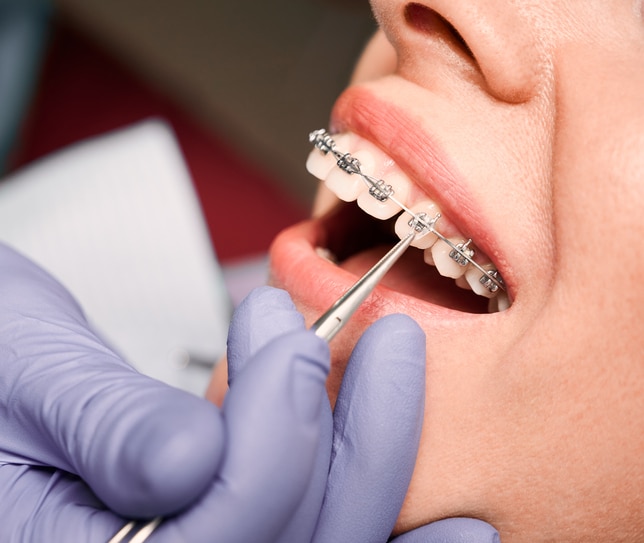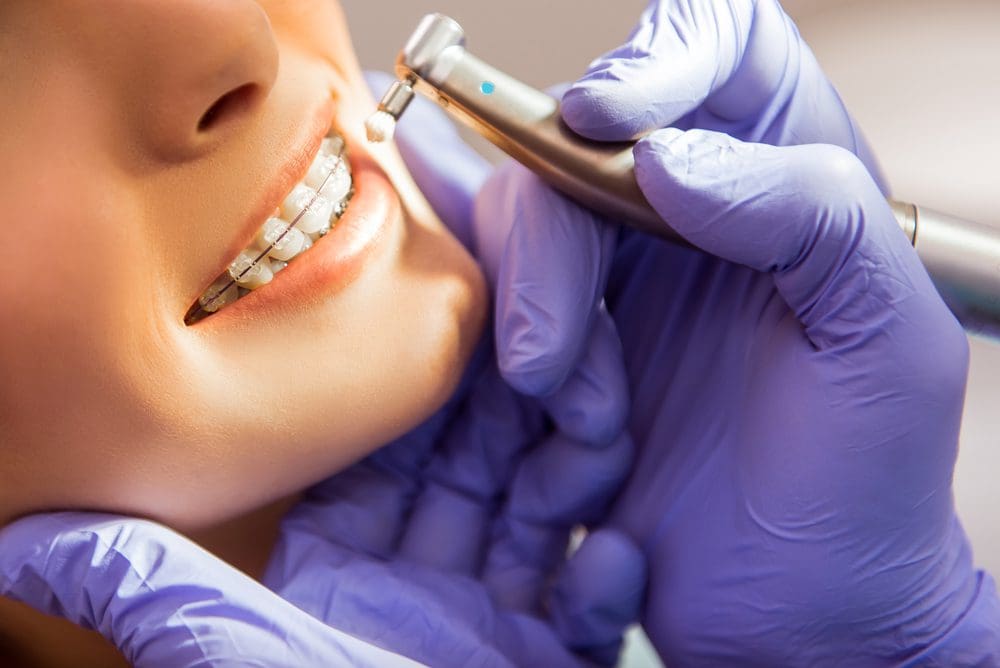The Advantages of Choosing a Cumming Orthodontist for Your Braces and Aligners
Comprehensive Overview to Orthodontics Treatments for Fixing Oral Misalignments
In the realm of orthodontics, the trip to attaining a flawlessly aligned smile entails a myriad of treatments customized to deal with oral misalignments. From typical dental braces to invisible aligners and even medical choices, the field of orthodontics offers a range of solutions to address varying degrees of oral abnormalities. Recognizing the intricacies of each procedure, including their mechanisms, benefits, and prospective disadvantages, is important in making notified decisions about one's orthodontic treatment. As we browse via the comprehensive overview to orthodontic treatments for remedying oral misalignments, the complex details of each technique will unfold, losing light on the path toward a practical and harmonious oral alignment.
Orthodontic Procedures Review

Routine changes and surveillance are essential components of orthodontic therapy to make sure progression is on track and to make any kind of needed alterations along the means. By undertaking orthodontic treatments, people can not just attain a straighter smile but also improve their overall dental wellness and function.
Traditional Braces: How They Function
When taking into consideration orthodontic treatments for dental imbalances, traditional braces stand out as a reliable approach for dealing with teeth positioning. Conventional dental braces are composed of braces, cables, and bands that function together to use continual stress on the teeth, slowly relocating them into the desired positioning.
As pressure is used to the teeth via the dental braces, the bone bordering the teeth is improved to sustain the brand-new tooth settings. Clients will need normal modifications at the orthodontist's workplace to guarantee the dental braces proceed to use the appropriate stress for reliable teeth motion.
Invisible Aligners: Disadvantages and pros
Invisible aligners offer a practical and discreet choice to traditional dental braces for remedying dental misalignments. These clear, custom-made trays are basically unseen when worn, making them an attractive option for people seeking a much more aesthetically pleasing orthodontic therapy. One of the primary benefits of unnoticeable aligners is their removability, enabling less complicated upkeep of oral health contrasted to standard braces. Individuals can remove the aligners prior to consuming or cleaning their teeth, lowering the risk of food obtaining stuck in the device and simplifying the cleansing process.

Surgical Orthodontic Options
Surgical treatments in orthodontics existing practical options for addressing complex oral imbalances that may not be efficiently fixed via traditional orthodontic treatments. While unseen aligners and traditional dental braces can remedy several orthodontic issues, certain cases call for surgical intervention to attain ideal outcomes. Surgical orthodontic choices are usually suggested for severe malocclusions, substantial jaw inconsistencies, and cases where the underlying bone framework requires alteration to achieve correct positioning.
One common medical orthodontic procedure go now is orthognathic surgical procedure, which entails rearranging the jaws to deal with practical issues such as trouble talking or chewing. This surgical procedure is usually done in collaboration with an orthodontist that helps line up the teeth prior to and after the procedure. Surgical orthodontics might likewise involve procedures to reveal affected teeth, remove excess gum cells, or reshape the jawbone to develop a much more unified facial profile.
Prior to considering surgical orthodontic options, individuals undergo a detailed evaluation to determine the need and prospective advantages of such treatments. braces. While surgery may seem difficult, it can significantly enhance both the feature and looks of the smile in cases where conventional orthodontic treatments drop short
Retainers and Post-Treatment Treatment

Failing to abide with post-treatment care guidelines can result in regression, where the teeth progressively move back towards their original placements. Constant retainer wear, great oral health, and routine dental exams are essential for keeping the results achieved via orthodontic surgical treatment and guaranteeing the long-term security of the remedied oral positioning.
Final Thought
In final thought, orthodontic treatments offer various choices for dealing with dental imbalances. Surgical orthodontic options are offered for much more serious misalignments. Generally, orthodontic treatments can efficiently enhance oral wellness and aesthetic look.
As we navigate with more info here the thorough overview to orthodontic treatments for correcting dental misalignments, the elaborate information of each method will certainly unfold, dropping light on the course toward a practical and unified oral alignment. - invisalign
One of the most usual orthodontic therapies is the usage of dental braces, which are composed of steel braces and cables that use gentle pressure to gradually shift teeth into the desired position.When considering orthodontic therapies for oral misalignments, conventional braces stand out as a tried and true technique for remedying teeth placing. Additionally, unnoticeable aligners might not be suitable for intricate orthodontic issues that require even more considerable teeth activity, as they are normally suggested for moderate to moderate cases. Retainers are custom-made orthodontic devices created to hold teeth in their dealt with placements after the conclusion of orthodontic therapy.